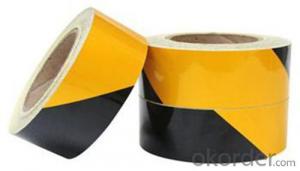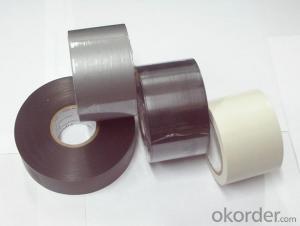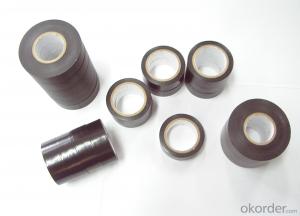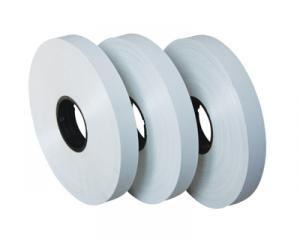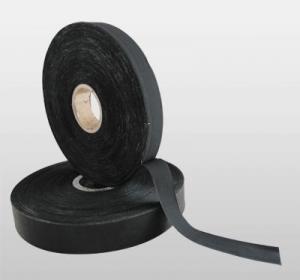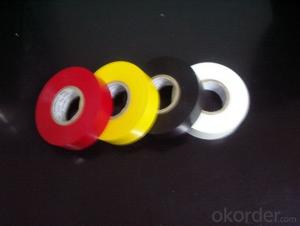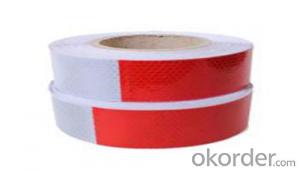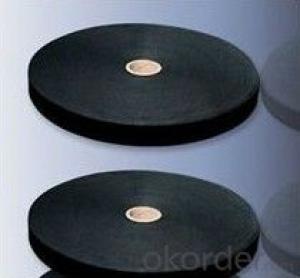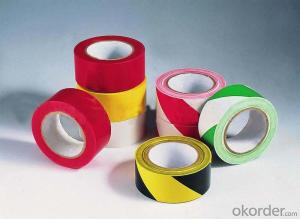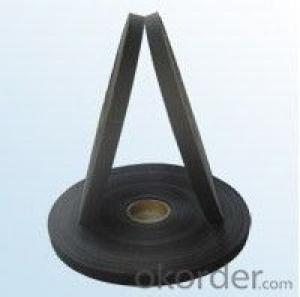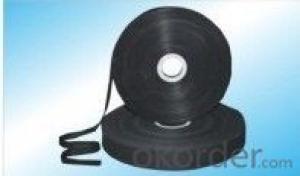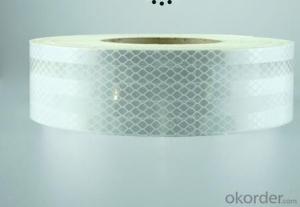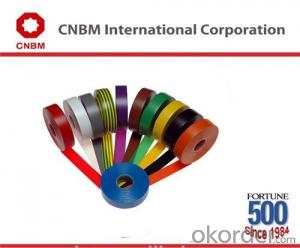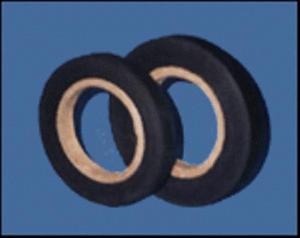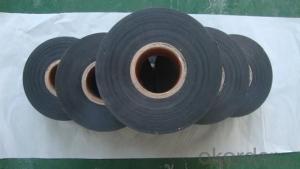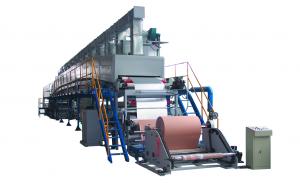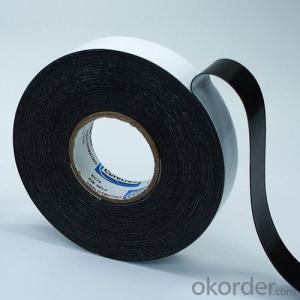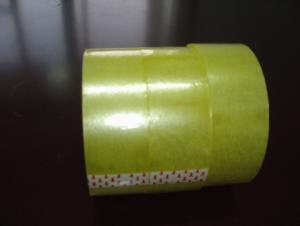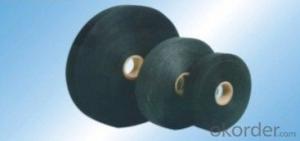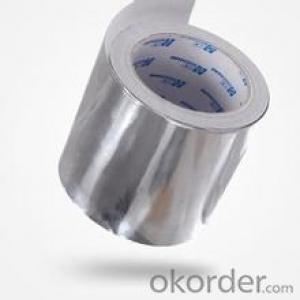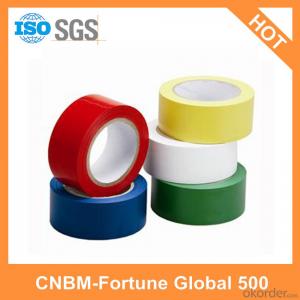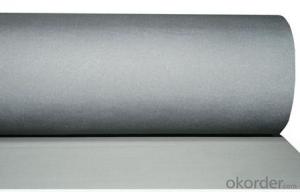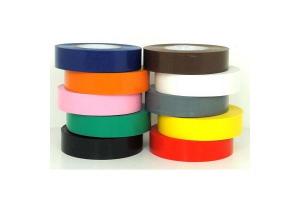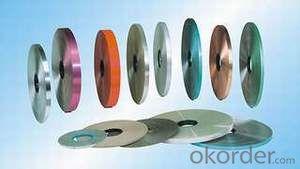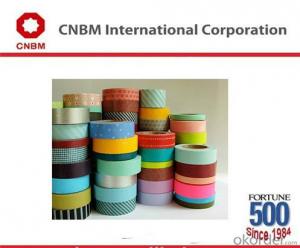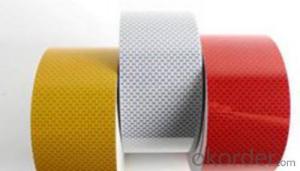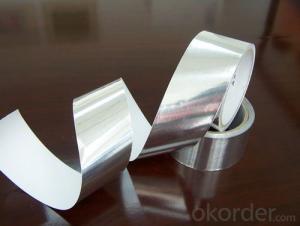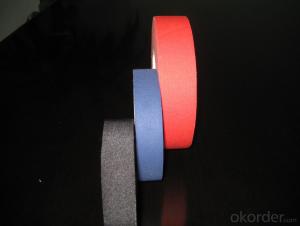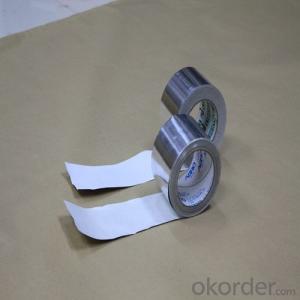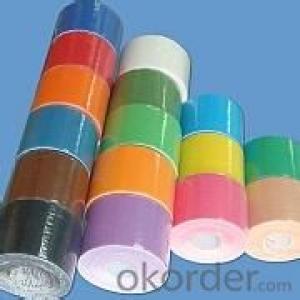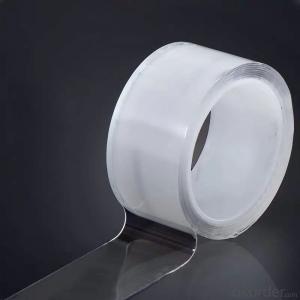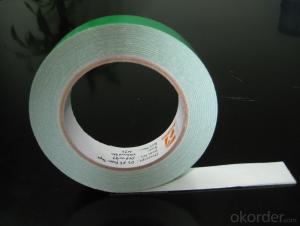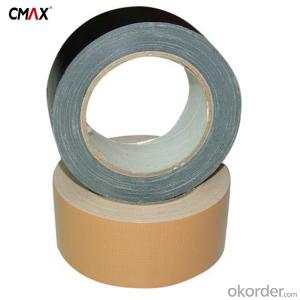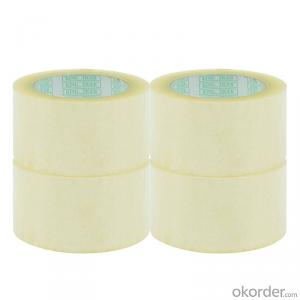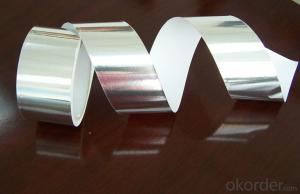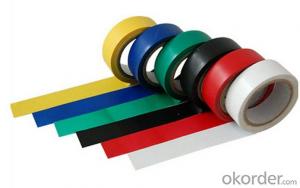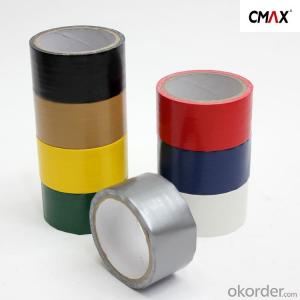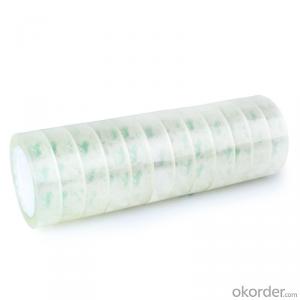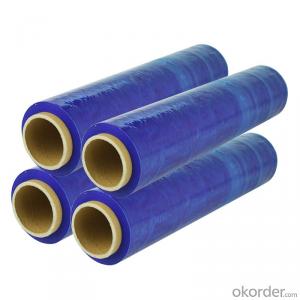Conductive Adhesive Tape
Conductive Adhesive Tape Related Searches
Conductive Aluminum Tape Industrial Adhesive Tape Pressure Sensitive Adhesive Tapes Pvc Adhesive Tape Adhesive Backed Foam Tape Binding Tape Automotive Masking Tape Thermally Conductive Double Sided Tape Teflon Adhesive Tape Industrial Double Sided Adhesive Tape Protective Film Tape Double Sided Self Adhesive Tape Heavy Duty Mounting Tape Heavy Duty Packaging Tape Heavy Duty Shipping Tape Aluminum Tape Reinforced Aluminum Tape Heat Resistant Aluminium Tape High Temperature Aluminum Tape Packaging Tape Aluminium Tape Binding Cloth Tape Transparent Packing Tape Sticky Mesh Tape Moving Tape Copper Tape Stainless Steel Tape Reinforced Foil Tape Bead Tape Polypropylene TapeConductive Adhesive Tape Supplier & Manufacturer from China
Conductive Adhesive Tape is a unique type of tape that possesses the ability to conduct electricity, making it an essential component in various electronic and electrical applications. This specialized tape is made from a conductive adhesive material that allows for the transfer of electrical current, and it is often used to create connections between different components in a circuit or to shield against electromagnetic interference.Conductive Adhesive Tape is widely used in a variety of industries, including electronics, telecommunications, and automotive. It is commonly employed in the assembly of electronic devices, where it can be used to create temporary or permanent electrical connections, or to secure components in place. Additionally, this tape is often utilized in the manufacturing of antennas, where it can provide a reliable and efficient means of connecting different parts of the antenna structure. In some cases, Conductive Adhesive Tape is also used to create electromagnetic shielding, protecting sensitive electronic components from external interference and ensuring optimal performance.
Okorder.com is a leading wholesale supplier of Conductive Adhesive Tape, offering a vast inventory of this essential product to customers around the world. With a commitment to quality and customer satisfaction, Okorder.com ensures that their Conductive Adhesive Tape meets the highest industry standards, making it a reliable choice for businesses and individuals alike.
Hot Products
